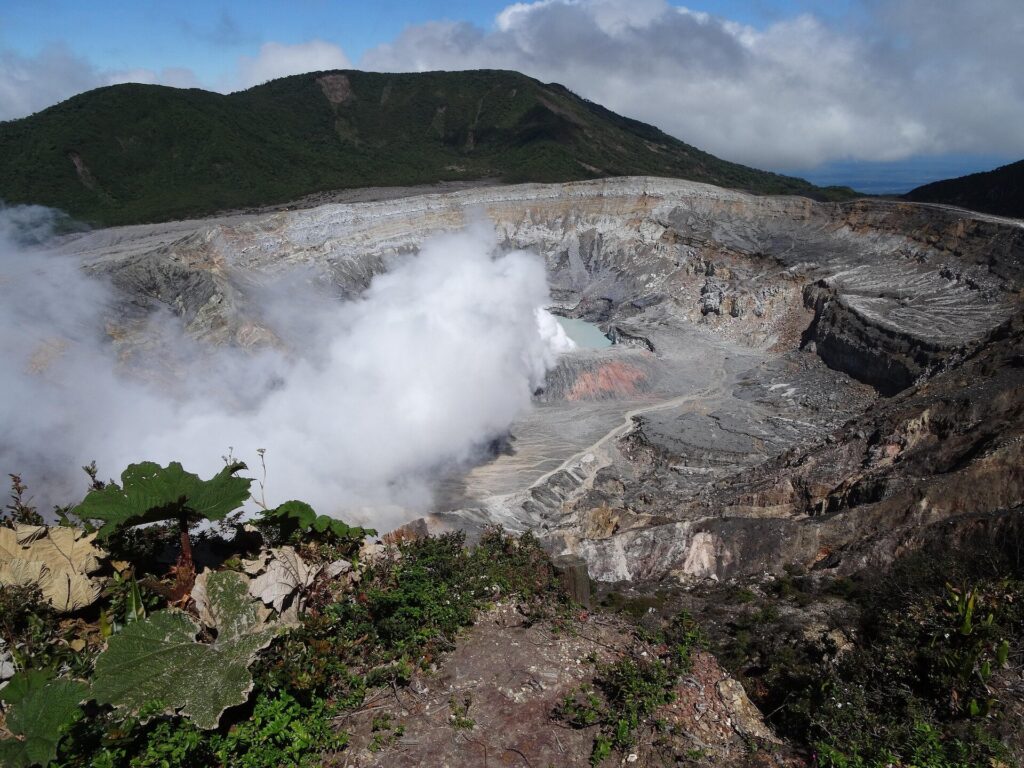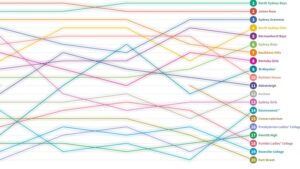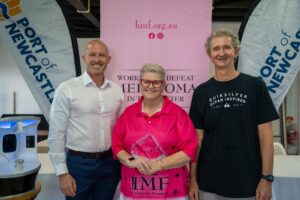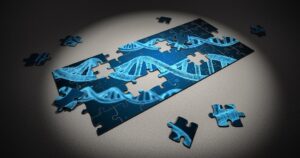
Discovering a vast, previously unknown world of microbial life that survives—and even thrives—for hundreds of millions of years in some of the planet’s harshest environments, scientists are redefining our understanding of life on Earth. This groundbreaking revelation was spearheaded by pioneering geobiologist Karen Lloyd and her team, who have ventured into the depths of Costa Rica’s Poás Volcano and beyond.
Their journey into the crater of Poás was not without risks. Just 54 days after Lloyd’s expedition, the volcano erupted, marking Costa Rica’s most severe volcanic episode in over 60 years. For Lloyd, this was more than a brush with danger; it underscored the high-stakes environments essential for understanding the deep workings of our planet.
The Hidden World Beneath Our Feet
Over the past two decades, the scientific understanding of Earth’s biosphere has undergone a radical shift. Lloyd, a Wrigley Chair in Environmental Studies and professor of Earth sciences, is part of a global consortium of scientists who have uncovered a vast, hidden world of living biomass within the planet’s crust. This biosphere consists of active microorganisms, some hundreds of millions of years old, thriving in extreme environments once considered uninhabitable.
As detailed in Lloyd’s book, “Intraterrestrials: Discovering the Strangest Life on Earth,” these subsurface microbes can survive in boiling water, acid, and even bleach. Some “breathe” rocks, metals, or electrons, living in ways completely alien to surface life.
“These deep-life microbes are real. They’re alive and they have decidedly weird lifestyles—doing strange, fascinating things we’re only just beginning to understand,” Lloyd says.
Exploring Earth’s Natural Laboratories
To study these organisms, Lloyd and her colleagues explore diverse environments, including permafrost in the Arctic, hot springs in Iceland, and rift basins in the American Southwest. Each location offers a unique glimpse into Earth’s deep history, where materials are exchanged between the surface and the subsurface world.
For instance, in New Mexico’s rift basins, ancient fluids are pulled to the surface. Meanwhile, Iceland’s unique geological features create a radically different subsurface chemistry. These natural laboratories provide invaluable insights into Earth’s hidden biosphere.
Subsurface Survivors: A Journey Through Time
Lloyd’s research extends beneath the ocean floor, where microbial life thrives in deep-sea sediments. Using drills and submersibles, her team retrieves mud from the ocean bottom, analyzing the microbial life within.
These deep-ocean environments, though seemingly unremarkable, serve as portals into a mysterious world. Microbes buried beneath the sea persist for hundreds of thousands, sometimes millions, of years, metabolizing just enough to survive.
“There are 100 billion billion billion living microbial cells underlying all the world’s oceans,” Lloyd says. “That’s 200 times more than the total biomass of humans on this planet.”
Despite their similar appearances under a microscope, the genetic differences among these organisms are profound, diverging billions of years ago. This highlights the adaptability and evolutionary forces shaping life far beneath our feet.
The Life Beneath: A New Understanding
On the surface, life exhibits dazzling diversity, yet even the most alien-looking organisms we see are close evolutionary cousins. In contrast, subsurface microbes diverged from one another billions of years ago, displaying a fundamentally different relationship with time and energy.
These organisms breathe in ways unimaginable to surface life, harvesting energy through redox reactions. Metal-breathing microbes, for example, are not confined to one lineage but appear on diverse branches of the tree of life.
“They’ve had 10 times more time to evolve in different directions,” Lloyd says. “We’ve discovered branches on the tree of life that had gone undetected for billions of years.”
Implications and Future Prospects
The endurance of these microbes isn’t just biologically fascinating; it holds practical potential. Collaborators like Andrew Steen are exploring whether protein-stabilizing microbes could extend vaccine shelf life without refrigeration, potentially revolutionizing healthcare access.
Lloyd’s research also provides insights into carbon capture strategies, suggesting that underground microbes could help convert CO₂ into stone, offering a potential solution to climate challenges.
From vaccine preservation to enzyme stabilization, Lloyd’s research has far-reaching potential. However, she emphasizes that her primary goal is to expand the boundaries of knowledge, providing a foundation for practical applications.
“This new field of geobiochemistry is going to have huge implications—maybe even predicting earthquakes or finding life beyond our planet,” Lloyd says.
Ultimately, understanding life buried deep within Earth’s crust may hold answers to some of our planet’s greatest mysteries, including the origin of life itself. As Lloyd and her team continue to explore this hidden world, the potential for new discoveries remains vast and exciting.







